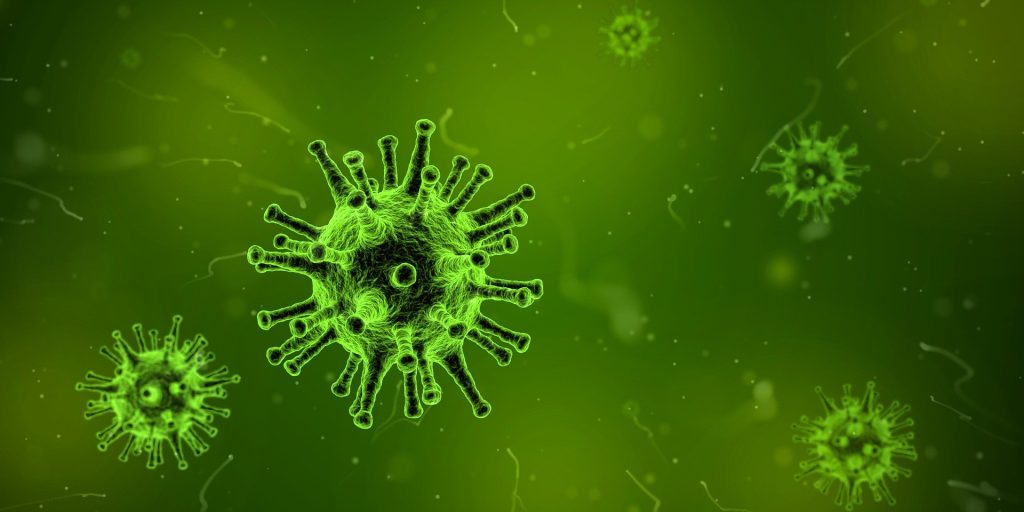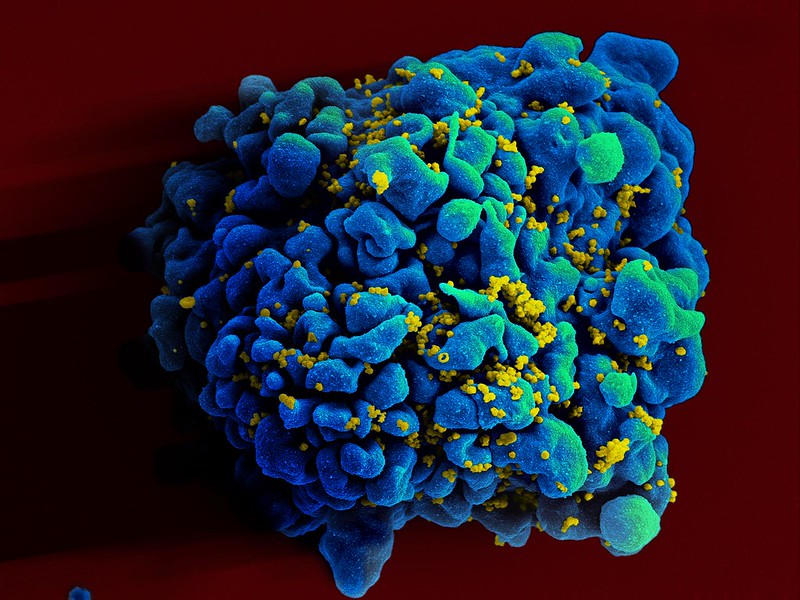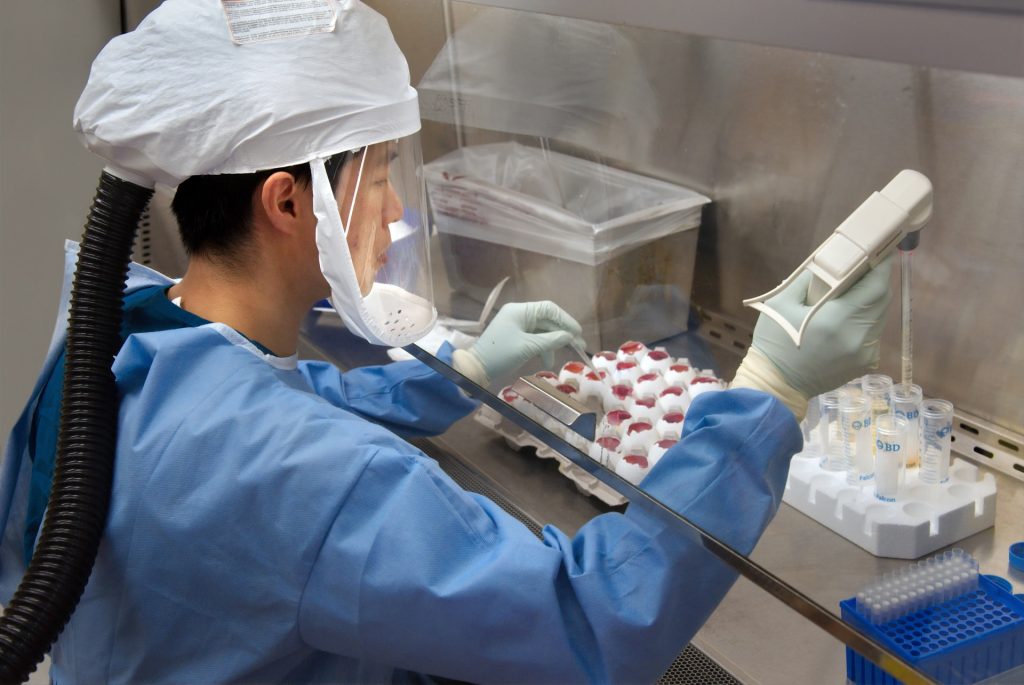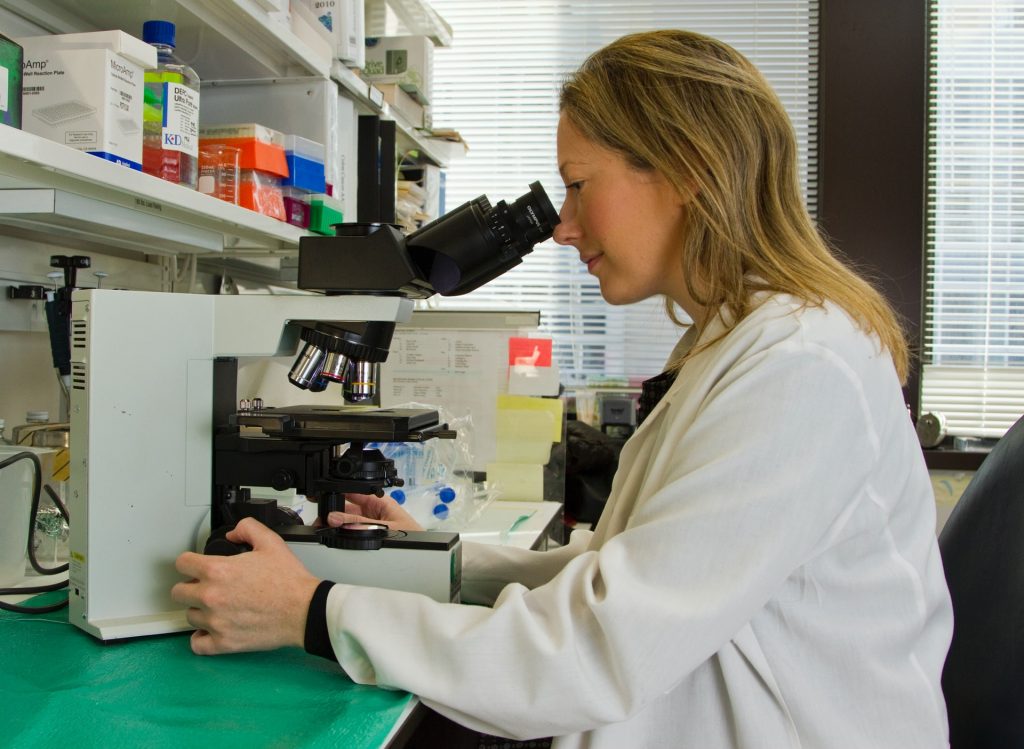Bird flu is Mutating, but Antivirals Still Work

One of the earliest strains of bird flu isolated from a human in Texas shows a unique constellation of mutations that enable it to more easily replicate in human cells and cause more severe disease in mice compared to a strain found in dairy cattle, researchers from Texas Biomedical Research Institute (Texas Biomed) report in Emerging Microbes & Infections.
The finding highlights a key concern about the H5N1 strains of bird flu currently circulating in the U.S.: the speed at which the virus can mutate when introduced to a new host.
Naturally found in wild birds and lethal in chickens, H5N1 has spread to a wide variety of mammals and began infecting dairy cows for the first time in spring 2024. As of early 2025, the outbreak had spread through herds across multiple states in the U.S. and infected dozens of people, mostly farm workers. So far, most people infected experience mild illness and eye inflammation and the virus is not spreading between people. The first H5N1 death in the U.S. was reported in January 2025 following exposure to infected chickens.
“The clock is ticking for the virus to evolve to more easily infect and potentially transmit from human to human, which would be a concern,” said Texas Biomed Professor Luis Martinez-Sobrido, PhD, whose lab specialises in influenza viruses and has been studying H5N1 since the outbreak began last year. The team has developed specialised tools and animal models to test prophylactic vaccines and therapeutic antivirals.
Human vs bovine
In the recent study, they compared H5N1 strains isolated from a human patient and from dairy cattle in Texas.
“There are nine mutations in the human strain that were not present in the bovine strain, which suggests they occurred after human infection,” Dr Martinez-Sobrido said.
In mouse studies, they found that compared to the bovine strain, the human strain replicated more efficiently, caused more severe disease and was found in much higher quantities in brain tissue. They also tested several FDA-approved antiviral medications to see if they were effective against both virus strains in cells.
“Fortunately, the mutations did not affect the susceptibility to FDA-approved antivirals,” said Staff Scientist Ahmed Mostafa Elsayed, PhD, first author of the study.
Antivirals will be a key line of defence should a pandemic occur before vaccines are widely available, Dr Martinez-Sobrido said. This is especially true since humans have no preexisting immunity against H5N1 and seasonal flu vaccines appear to offer very limited protection, according to a separate study conducted in collaboration with Aitor Nogales, PhD, at the Center for Animal Health Research in Spain.

Next steps and recommendations
Texas Biomed is now exploring the human H5N1 mutations individually to determine which are responsible for increased pathogenicity and virulence. The team wants to figure out what allows H5N1 to infect such a wide range of mammal species; why H5N1 causes mild disease in cows but is lethal in cats; and why infections via cows are less harmful to people than infections from chickens.
In a third paper, Dr Elsayed and collaborators analysed the history of H5N1 in dairy cattle for the journal mBio and called for a One Health approach to protect both animals and people.
“A key priority will be to eradicate bird flu from dairy cows to minimise risk of mutations and transmission to people and other species,” Dr Elsayed said. “Steps that can be taken now include thorough decontamination of milking equipment and more stringent quarantine requirements, which will help eliminate the virus more quickly in cows.”









